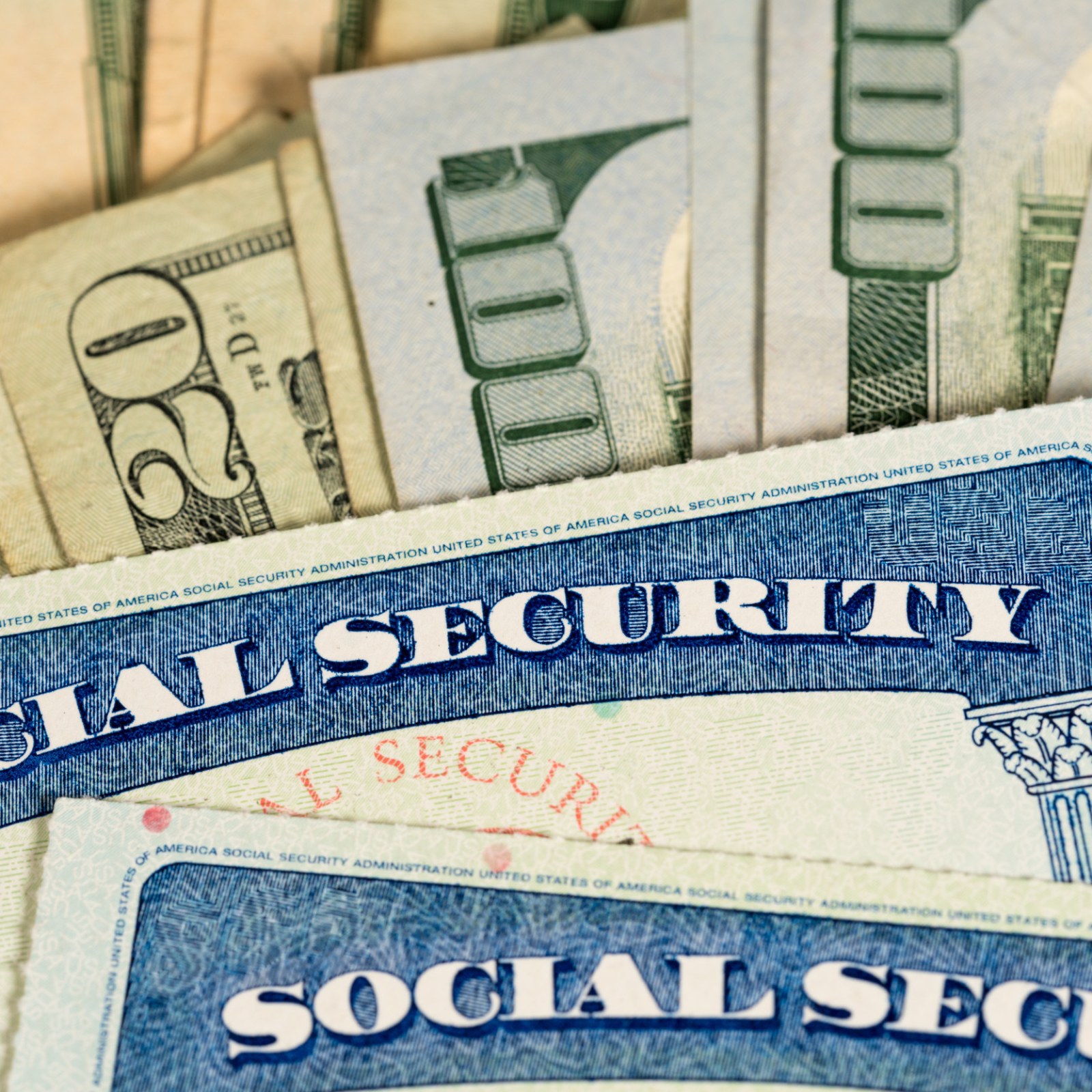The fourth Wednesday of March 2025, March 26, is the day Social Security payments are planned to be issued to recipients born between the 21st and 31st of the month. The Social Security Administration (SSA) devised this scheme to split distributions into three monthly dates depending on the day of birth.
According to calculations, between 18 and 20 million individuals, or almost one-third of the total 67 million recipients, would get their payments on the final day of the month. Some can earn more than $5,000 each month, but only a tiny few can.
The verified maximum amount for 2025 is $5,108 per month, which is targeted at those who have made 35 years of maximum payments and deferred retiring until they are 70 years old. It is a figure that has been enhanced by the 2.5% cost-of-living adjustment that will take effect in 2025. The average benefit is $1,907, which is a more reasonable figure for most retirees.
Who receives their Social Security payments this Wednesday?
Social Security benefits provide an economic foundation for millions of Americans, particularly pensioners and persons with disabilities. By 2025, it is expected that 70% of recipients would be retirees, reflecting the population’s rapid aging.
For survivors, these monies are very vital (critical, for some) in meeting basic needs. For example, widows over the age of 60 make up a significant proportion of this population. The Social Security Administration notes that individual amounts are determined by criteria such as years of payments and average wage.

If your retirement payment is not enough, you have options to make ends meet
If your Social Security benefit does not meet your requirements, you have various choices to consider. First, you can seek for part-time job or other sources of money wherever available.
You may also look into government aid programs, such as the Supplemental Nutrition assistance Program (SNAP) for food or low-income housing programs: SNAP is offered throughout the United States, although affordable housing programs differ by state.
Another alternative is to relocate to a lower-cost area or seek help from local charity.
If your overall income, including your Social Security benefit, is very low, you may be eligible for Supplemental Security Income (SSI), a government program for persons over 65 who have little income and resources and are blind or handicapped.
To apply for SSI, you can:
- Visit the official SSA website at this link and complete the application online.
- Call the SSA number at 1-800-772-1213 to schedule a phone or in-person appointment.
- Visit a local SSA office by appointment, bringing with you documents such as identification, income information, resource details (such as bank accounts), and proof of age, blindness or disability, if applicable.
During the procedure, the SSA will determine your eligibility based on your income, resources, and status. It is critical to disclose any changes in your status, such as new income or changes in your residence, since these may influence your benefit.
The basic requirements include citizenship or eligible legal immigration status, living in one of the 50 states, the District of Columbia, or the Northern Mariana Islands, not being confined in a government-run institution (such as a hospital or prison), being over 65 years old, or being blind or disabled according to SSA definitions.
Resources (such as money in the bank or automobiles) must not exceed specific restrictions, which in 2025 are $2,000 for individuals and $3,000 for couples, while certain resources, such as your principal residence, are exempt. SSI may pay up to $967 for a qualified person and $1,450 for a cohabiting pair.


















Leave a Reply